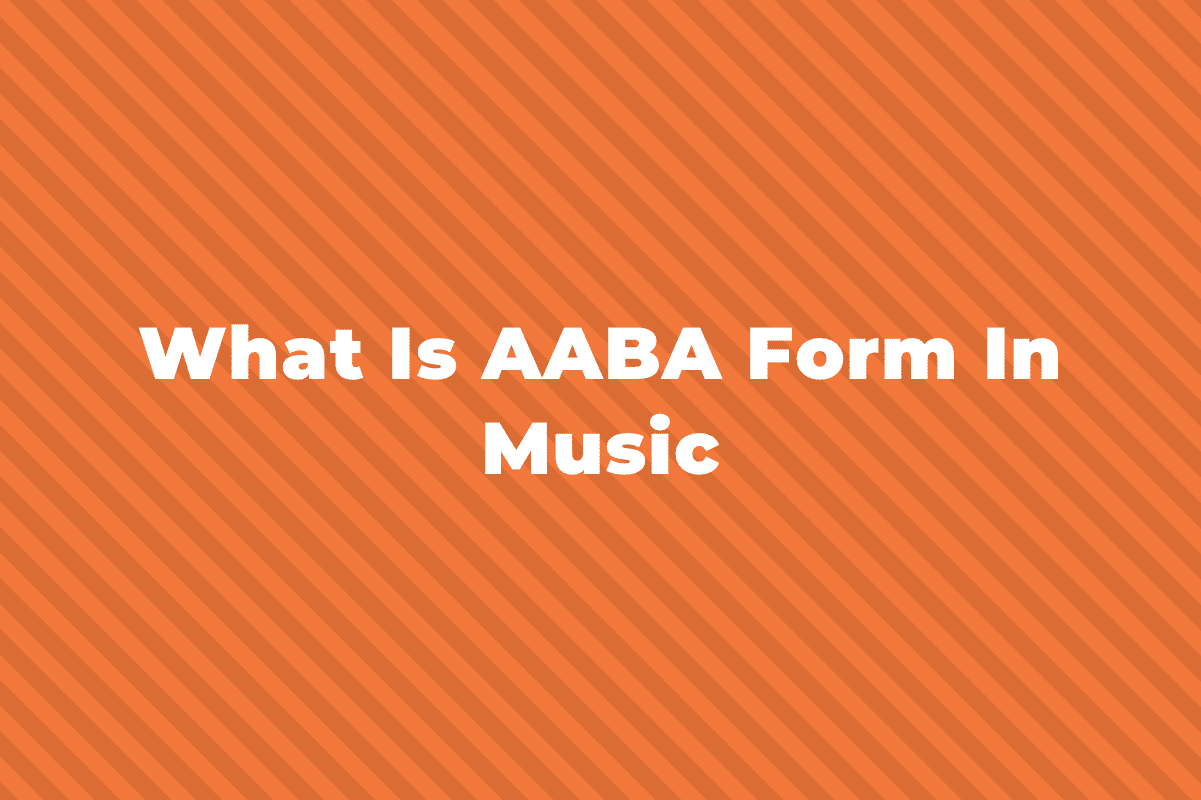In the long history of notating music down, there have been multiple types of clef used for different instruments and ranges of pitch. One of those clefs not so commonly used today is for the lower middle range of instruments.
In this post, we’re going to cover everything you need to know about this clef called the tenor clef.
What is a Tenor Clef?
The tenor clef is a type of C clef used by some instruments to read notes at the higher end of their register.
You draw a tenor clef in the same was as an alto clef but, it starts above the top line of the stave (as if from an imaginary ledger line) and it comes down to the 2nd line of the stave with its arches being either side of 4th line of the stave.

The tenor clef is a C clef which means that the arches show us where middle C is on a stave.

What instruments read tenor clef?
The tenor clef is a bit more common that its cousin the alto clef which is another type of C clef.
It’s often used by low pitched instruments when they’re playing in their upper register.
For example, instruments like the cello, bassoon, euphonium, trombone and sometimes the double bass will use it when playing in their top register.
But these instruments will tend to use the bass clef when playing in the low – mid ranges of their register.
Tenor Clef Notes
Because we know where the note C is we can then use that note to work out what all the other notes are in the tenor clef.
Going up from C we have these notes:

And going down from C we have these notes:

Summing up
Learning about the tenor clef and C clefs in general is really important for music theory, especially if you’re taking a music theory exam.
Questions will often come up about the tenor clef in grade 5 exams so make sure you learn about it.
If you have any questions I haven’t covered here just post a comment below and I’ll do my best to answer.



